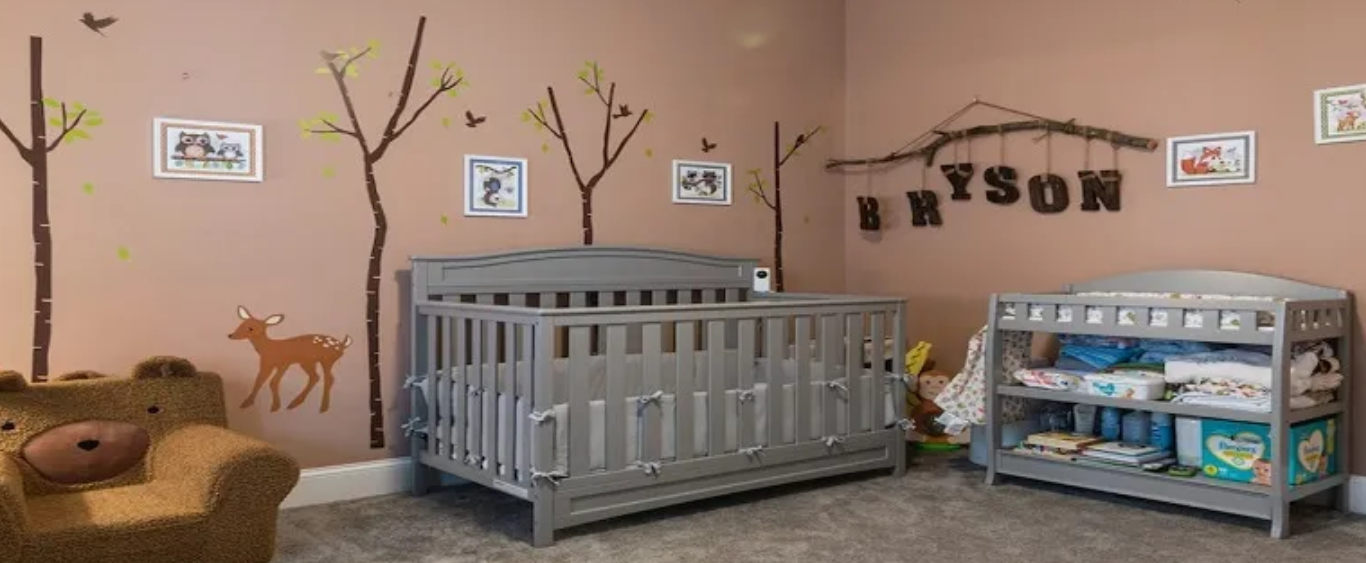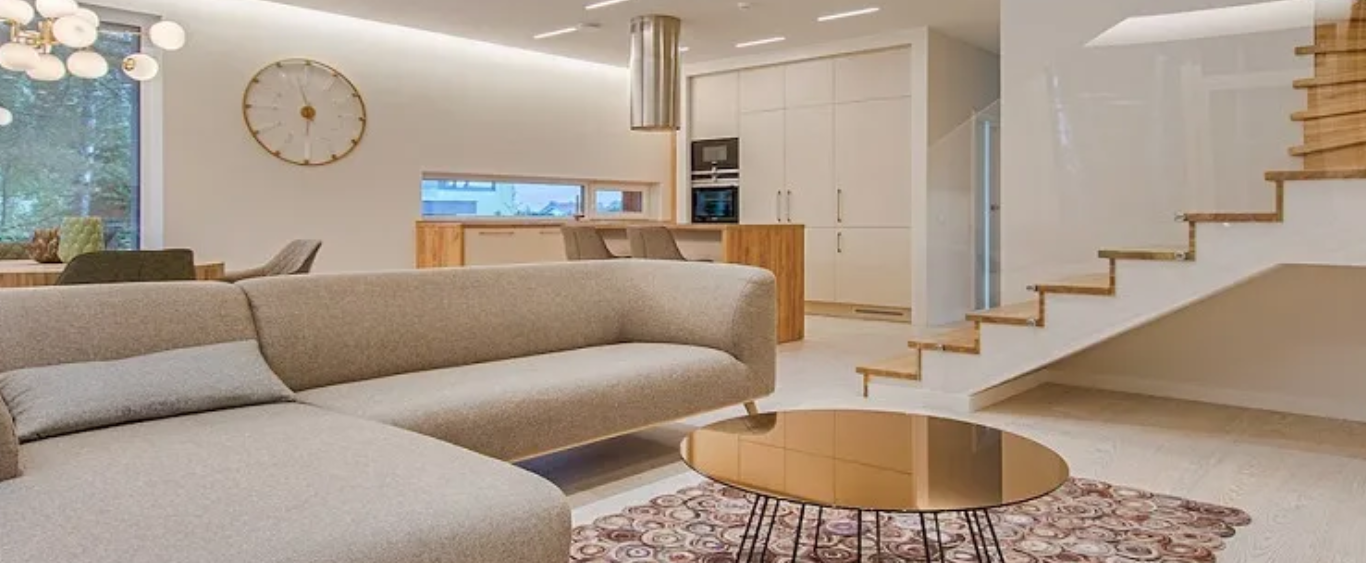Quality is the cornerstone of every aspect of your home and that is why you need a quality checklist for home buyers. Good quality can enhance your memories and raise your standard of living. While quality is important in everything you purchase, it is absolutely critical in the construction of your home. It makes the difference between experiencing years of joy in your new home versus years of headaches.
All builders will proclaim that their projects have met the highest quality standards. However, if the quality is not measured in a definitive way, the word itself loses its meaning. The best builders undertake 600+ tests of building materials and construction processes to ensure the highest levels of quality. Good quality may have a different meaning to you as it does for someone else. So, what is quality and what truly sets the best-in-class builders apart?
Quality applies to construction, time and cost of the project. It is important that the builder can perform in every aspect. Poor performance in one has a great impact on the others. If quality is subpar during the building process, then the repairs at the end can delay you moving into your new home. It can also cost you extra money if you need to pay rent for longer, or interest on any loans. Not all builders are equal. A seamless integration of all aspects of a high-quality project is imperative for a great experience and a home that will stand the test of time.
How Bad Quality Can Damage ROI
When investing in a property, it is absolutely critical to keep ROI in mind. Whether it is a home for personal use or to rent out to tenants, your investment should grow with time. For property investors, the goal is to buy and rent out homes in order to achieve cash flow and collect good returns on the appreciation of their investments. Unfortunately, poorly constructed properties can damage ROI due to continuous repairs, delays and inability to attract tenants.
The overall quality of the project has a strong influence on the expected ROI in both the short term and the long term. Every investor needs to budget for maintenance and repairs, but if you have a low maintenance property, you will be able to save money and increase your ROI. In order to maximize your returns, look for a home from a reputed builder that is in good shape and will not take a lot of resources to maintain. To increase your ROI, you should not have to spend a lot of money to get the property ready for the rental market. You can also look to invest in a property with professional maintenance and property management services. This is a viable option for premium gated communities.
Why A Low Quality Home Can Cost More In The Long Run
A home built with low-quality materials and processes can cost much more in the long run. Aside from compromising the integrity of the house itself, poor quality construction results in additional costs and inconveniences when work has to be redone or repaired. It can also lead to increased maintenance costs and disruptions in home living while defects are continuously repaired.
When buying a home, it is imperative to focus on the quality of construction. It is a dire mistake to choose a builder based only on the lowest price quotes. Dramatically low prices could mean that the builder may cut corners to make a profit. They can use inferior materials in building construction.
The best indication of quality is to see how other projects built by your builder have withstood the test of time. You can also speak to the existing residents to determine if completed projects have experienced any quality issues over the long term. It is crucial to buy a property from a renowned and trustworthy builder. These builders care deeply about their reputation and customer satisfaction. With such builders, you can be assured of uncompromised quality, timely delivery, and a hassle-free buying experience.
Quality Checklist For Home Buyers
Whether you are a first-time home buyer or a seasoned property investor, it always helps to know what to look for when buying a house and how to determine the quality of builder. Here are a few tips and a quality checklist to use when buying a home.
Building Materials & Construction
A project built to high-quality standards will always use high-quality building materials to construct the building, especially the envelope. The envelope is the physical barrier between the indoor space and outdoor environment. This includes the exterior walls, floors/foundations, windows and doors.
Even what may seem like the slightest of issues with a building’s envelope can cause a significant deterioration in overall performance. Make sure that all building materials have been appropriately tested and audited.
Open Spaces in Gated Community
An abundance of open spaces in a gated community is a sign of proper planning and design. The best-gated communities differentiate themselves from the competition by integrating their natural surroundings and Eco-friendly practices. The building should seamlessly fit into its surrounding area and be optimized for maximum natural lighting and fresh air. Expansive greenery and water bodies are not only decorative features but also refreshing and invigorating.
The Neighbourhood and Surrounding Area
The quality of a property is inextricably linked to the location of the property. When investing in the residential property, it is important to consider the quality of the neighbourhood, environmental quality, basic amenities and safety. You should have an in-depth look into the neighbouring areas and establishments in the nearby locality.
Paint Used
The paint used should be of high quality so as not to unduly deteriorate with time. This applies to your home interiors as well as the exterior of the building and public areas. The building society will collect funds for every repainting which will have to come from the homeowners. The cost of multiple paintings adds up. Low-quality paint will invariably be more expensive over the long term than using professionally applied high-quality paint at the start.
Flooring
Similar to the paint, flooring also has to be of high quality. If your home or public areas of the building have to be retied regularly, the costs of materials and labor will be a burden on your finances. Make sure that your tiles are from a reputable source with proven standards of quality. Do a thorough check of the flooring to make sure that the promised specifications have been adhered to. Keep an eye out for any visibly loose tiles.
All Faucets and Plumbing Fixtures
The quality of faucets and plumbing fixtures not only show the attention to detail of the builder, but also their environmental and economic responsibility. The primary way of reducing indoor water use heavily depends on the fixtures you choose. Faucet aerators that reduce the amount of overall water in the flow should be utilized. Water flowing out of an aerator comes diffused instead of in a solid stream. The use of an aerator reduces the flow of water to about 5 liters a minute instead of 15 liters. Buildings should also utilize low-flush toilets, low-flow shower heads and other water-conserving fixtures to minimize wastewater.
Rainwater Harvesting
Rainwater harvesting is the process of collecting, filtering and storing water from roof tops, paved and unpaved areas for multiple uses. The harvested water can also be used for potable purposes after testing and treatment. The surplus water after usage can be used for recharging ground water aquifer through artificial recharge techniques. This can also result in improving the quality and quantity of the ground water. Buildings that implement rainwater harvesting are not only better for the environment but will also save you money.
Recommended blogs







